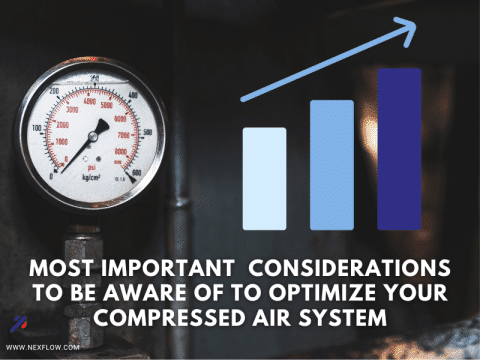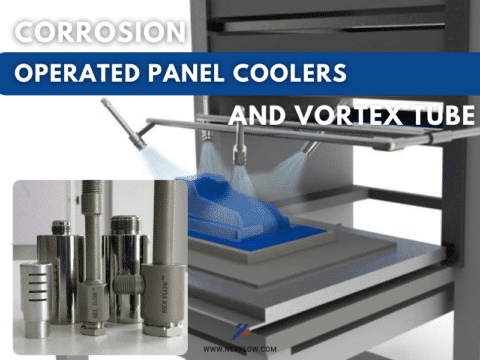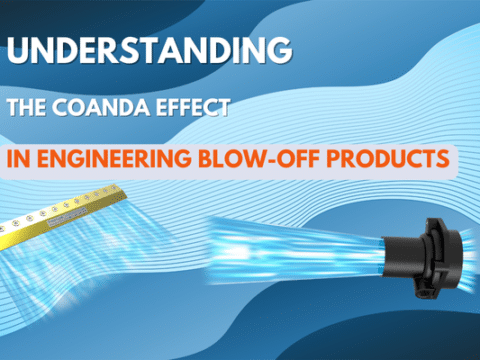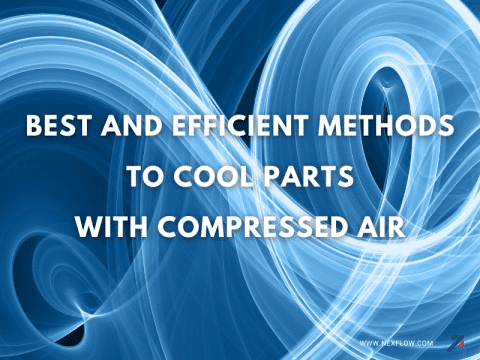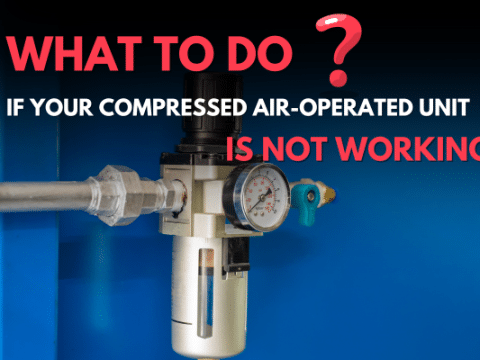
Hydraulics vs Pneumatics which to use
The two types of fluid power are similar in that both use a fluid to transmit mechanical energy and they also use similar terminology, symbols and components.
Hydraulic systems need a pump. Pneumatic systems require a compressor although compressed air is first stored in receivers/tanks before being transmitted for use. Both systems use valves to control the force and velocity of the actuators, which are also similar to each system.
The biggest difference between hydraulics and pneumatics is the medium itself and the capabilities of those mediums.
Liquids are actually slightly compressible. Hydraulic oil, as a guide will compress 0.5% for every 1000 psi that is exerted. For most applications however, liquid (usually oil) in hydraulics can be considered incompressible. If you push a large quantity of oil into a fixed volume, pressure will rise until something gives way, and this will happen instantly. The advantage of liquid being used to transmit mechanical energy is that the effect is rapid and negligible energy is lost to compression. However, the downside is more difficulty to move the fluid through valves, components and plumbing. Restrictions to flow of a liquid creates higher resistance and energy loss than compared with pneumatics. The restrictive nature of oil is compensated for by using properly sized components matched to handle the flow.
Hydraulic liquid has a high power density. Running a hydraulic system to 10,000 psi has little detrimental effect on performance compared to running compressed air to even 300 psi. Normally pneumatics runs at somewhere between 100 to 120 psi gage pressure. Air compressors are limited to the amount they can compress the air, and even with multi-stage compression, a lot of energy can be lost to heat. A great deal of effort is made to recover much of this heat to use elsewhere.
Hydraulics vs Pneumatics which to use
However, compressed air can do things that oil simply cannot. The compressibility of air can be an advantage, because when compressed air energy is released, it expands very quickly. Because the volume of air that can be moved though pneumatic valves and actuators is so high, especially when pressure drop is considered and properly accounted for, the speed of pneumatic actuators can be very fast. Pneumatically actuated machines are quick and are great for automated processes in manufacturing and assembly as a result. Pneumatic applications can still produce thousands of pounds of force, although hydraulic applications can produce thousands of tons. For lifting extremely heavy load or moving very heavy loads, hydraulics is a better choice. Compressed air actuators can become jerky or spongy as the compressed air pressure fluctuates with cylinder movement or load changes. In general, a much larger pneumatic cylinder is needed to obtain the same force that a hydraulic ram can produce. But then again, do you have to move hundreds of pounds or thousands of pounds?
In terms of energy costs pneumatics is more costly than hydraulics, mainly due to the amount of energy lost through heat production while compressing air Pneumatics offer a higher operating speed of its components mainly because of air compressor flow rates as air is very agile and can flow through pipes very quickly and easily with little resistance, while hydraulic oil is a viscous substance and requires more energy to move. Also in pneumatics, cylinders and valves can dump their compressed air straight to the atmosphere when they need to change direction or alter their state quickly, compared with hydraulics where the oil must be routed back to the reservoir.
Pneumatics offer a very clean system, suitable for food manufacturing processes and other processes which require no risk of contamination. Hydraulics is generally not used in these environments due to the risk of hydraulic oil leaks from faulty valves, seals or burst hoses.
The mathematics used in applying hydraulics and pneumatics is different. Hydraulics is not concerned with compression ratios, and pneumatics is not concerned with pressure compensation.
So from the above, the system you chose will be determined primarily by the load you need to address in your operations, the speeds required for efficient production output, the application, and energy considerations.
Nex Flow Air Products Corp. manufactures compressed air products for blow off, drying, moving and cooling and accessories to optimize compressed air systems.




